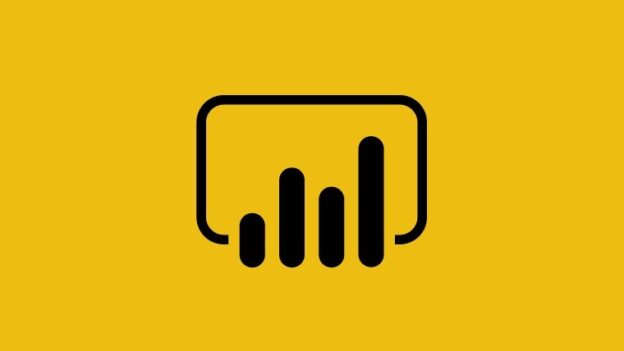16 hours of instruction
Using their own licensed version of Power BI, students will take their data analysis skills to a more advanced level and learn how to communicate effectively with data. By the end of this program, students will be able to build interactive data visualizations, define best practices in data visualization, and manipulate data in Power BI.
OBJECTIVES
- Build data dashboards in Power BI
- Import and manipulate data in Power BI
- Describe the best practices for data visualization
PREREQUISITES
While there are no prerequisites for this course, it is best suited to attendees with some experience working with data.
SYLLABUS & TOPICS COVERED
- Power BI overview
- Define Business Intelligence and PowerBI solutions
- Outline logical structure of Power BI
- Select and differentiate uses for Power BI across industries
- Power BI workflow
- Layer 1: Extract – Transform – Load (ETL)
- Layer 2: Data Modeling
- Layer 3: Report Design
- Layer 4: Web Portal
- Creating a Power BI report
- Loading data and applying slicers
- Saving and publishing reports
- Summarizing reports
- Designing reports
- Formatting charts
- Applying filters such as drillthrough
- Formatting your reports with interactive visualizations
- Enriching reports
- Importing and aligning themes with grid lines and bookmarks
- Using the ETL layer and applying Power Query
- Power BI Web Services
- Navigating the portal
- Building and sharing a report online
- Building a dashboard and enabling data alerts
- Exploring additional options
- Visual design principles
- Designing with principles and visual best practices
- Executing superior storytelling
- Advanced data modeling
- Programming with DAX in Power BI with calculated columns and tables
- Creating formulas with clear syntax
- Illuminating results with simple map visuals
- Building better data relationships with filter propagation
SOFTWARE REQUIREMENTS
Learners will need to provide their own licensed version of Power BI

